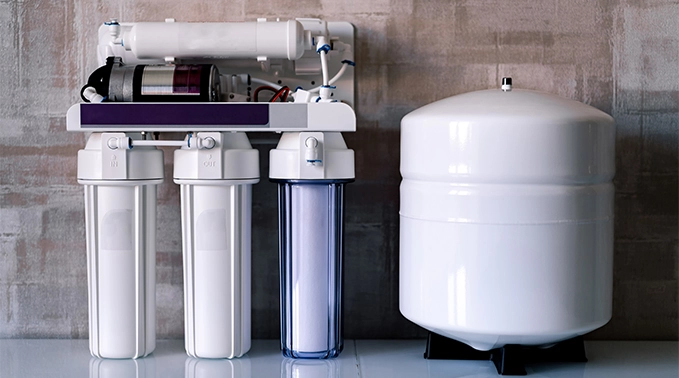If you live in a cold climate, taking steps to prevent frozen pipes is of utmost importance during winter. Frozen pipes can cause serious damage to your home in terms of leaks and mold growth – which may prove costly repairs in terms of repair costs.
Locate the frozen section of pipe. Most likely it can be found in a basement, crawl space, attic or exterior wall.
Turn Up the Heat
Frozen pipes are one of the biggest wintertime hassles homeowners must contend with, potentially causing thousands in water damage. Luckily, there are ways you can prevent frozen pipes from occurring in your home.
Before winter hits, ensure all exterior walls of your home are properly insulated and sealed to prevent cold air from penetrating, especially around pipes. Furthermore, check your attic and basement for cracks that could allow cold air in and cause pipes to freeze up and burst.
Switch up your thermostat a bit higher during winter months to prevent sudden drops in temperature at night from leading to frozen pipes.
An open cabinet door can help keep pipes beneath sinks warm. When cabinets are closed, heat cannot reach these pipes and can freeze up. This can be particularly problematic during the winter when many homes lack proper insulation.
Keep Cabinet Doors Open
If you have cabinets containing pipes, leaving their doors open during winter can help avoid frozen pipes from freezing up and burst. Pipes located along exterior walls without much insulation or airflow are especially prone to becoming frozen and need proper air circulation in order to remain functional.
If a pipe freezes and bursts, water damage can be devastating and costly. While it might seem daunting, a few simple steps can keep your home safe from this hazard.
One simple way to achieve this goal is by leaving cabinet doors open under kitchen and bathroom sinks – this is especially effective if they’re located against an exterior wall that doesn’t provide as much insulation.
Insulate Pipes
Pipes are an integral component of every home, yet can become dangerously susceptible to freezing and bursting, potentially resulting in serious property damage and costly repairs.
Insulating your pipes can prevent these problems and extend their lifespan, while simultaneously helping prevent condensation buildup. Furthermore, insulation reduces condensation buildup.
Foam pipe sleeves can be one of the most effective methods of insulation, especially on long runs of straight pipe. Available in 6-foot lengths, these sleeves provide quick coverage over large distances of straight pipe easily.
Insulation solutions such as heat tape and thermostatically controlled heat cables may also help prevent frozen pipes during the winter season. Both options can easily be installed and can help avoid frozen pipe situations altogether.
Call a Plumber
Frozen pipes can lead to costly repair costs. What’s worse, should one burst, it could release contaminants into the water that cause unpleasant odors or taste that make drinking it undrinkable.
As soon as your pipes start freezing, it is wise to contact a plumber immediately. They know how to quickly find and thaw out frozen pipes for maximum efficiency.
When a plumbing section freezes, it is critical to apply heat slowly in order to thaw out and restore water pressure. This can be achieved using electric heating pads wrapped around pipes or using hairdryers/space heaters (provided they do not come into contact with flammable materials) as well as using towels soaked in hot water as heat sources.
Keep your faucet open to allow steam released by it to help melt more ice and reduce pressure build-up while expediting thawing processes. Doing this can also relieve any built-up stress and speed up thawing processes.




